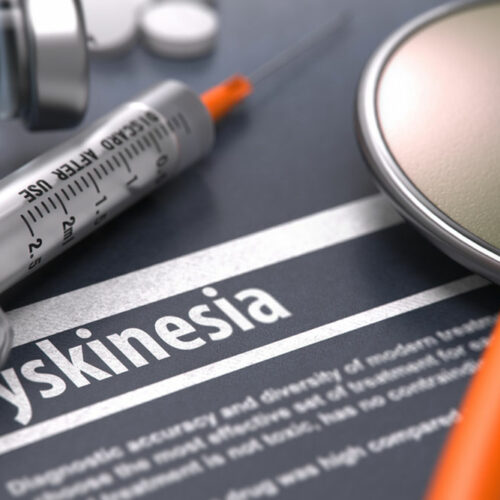
Dyskinesia: Symptoms, causes, nutrition tips and more
Dyskinesia is a movement disorder that is characterized by involuntary muscle movement. It usually affects the head, or the arms and sometimes the entire body. It could also be painful. While suffering from dyskinesia, a person can experience mild to debilitating discomfort. Based on the type and severity of the condition, it could affect your daily activities as well. The frequency and the intensity of the condition cannot be predicted. Dyskinesia is often observed in people suffering from Parkinson’s disease. It could be caused due to levodopa treatment, which continues for a long time. It may also occur in people with movement disorders and is not restricted to Parkinson’s patients alone. People with brain injuries or others who take antipsychotic medications could also experience the condition. These uncontrollable movements could be as mild as minor body twitches to complete movement of the body. Facts about dyskinesia Dyskinesia starts out as minor fidgets or movements that are abnormal and uncontrollable in the dominant hand or foot. It could be a minor shake or tremor. The causes of dyskinesia may vary depending on the type of the condition. People who suffer from dyskinesia due to autism could benefit from behavioral therapy. Unless symptoms pose a significant challenge and affect daily life, it may go untreated if the symptoms are mild. Symptoms of dyskinesia Dyskinesia’s symptoms are different for each person. It may be mild with minor movements of the hands, feet, or head. It could also be more severe wherein multiple body parts start moving randomly. The symptoms tend to get worse over time and some symptoms start after a serious brain injury or they may get intense after trauma to the head. Dyskinesia is not related to the tremors experienced by Parkinson’s patients. Feeling excited or particularly stressed may trigger symptoms.
Read More 

